Netflix’s Love, Death, & Robots anthology series surprised a lot of people when it was released. For some, it was the introduction of a cartoon anthology series – whether it worked or not, it was an innovative choice for the streaming platform. For others, it was the series’s graphic content, as nudity and gore feature in a significant amount of the shorts.
What surprised me most was that of the series’ 18 episodes, few delivered fully on the show’s titular promise of Love, Death, & Robots. And I feel like this has been overlooked for the most part in conversations around the show. There have been plenty of rankings that place each of the show’s episodes on a subjective scale. But what about a ranking for viewers who want as much of the show’s three core elements as possible?
Each episode has been ranked on a highly-scientific rubric based on how much love, death, and robots they had in them. For all of these three elements, the quantity was rarely as important as how much each aspect played into the story. For example, an episode where death happens often and seems cheap will rank lower than one with fewer deaths which have more impact.
Love– Love comes in a lot of forms. It can be familial, romantic, platonic, even sexual. And there’s plenty of sex in this series. To define it only in one way is restrictive, and that’s good because there isn’t really a lot of romance in Love, Death, & Robots.
Death– Death is the most present element throughout this series. In all but three or four of the episodes, at least one person dies. In some cases, death happens in alarming quantities. For the purposes of this rating system, deaths will be weighed on how important they are to the overall narrative, not just how many actually happen.
Robots– Let’s be honest, the robots are the reason we all started watching this show in the first place. You can see love and death all over Netflix. But robots? The popularity of Westworld, Pacific Rim, and the Transformers franchise should all suggest that we need more robots. Even the title knows that robots are the money maker.
18. When the Yogurt Took Over
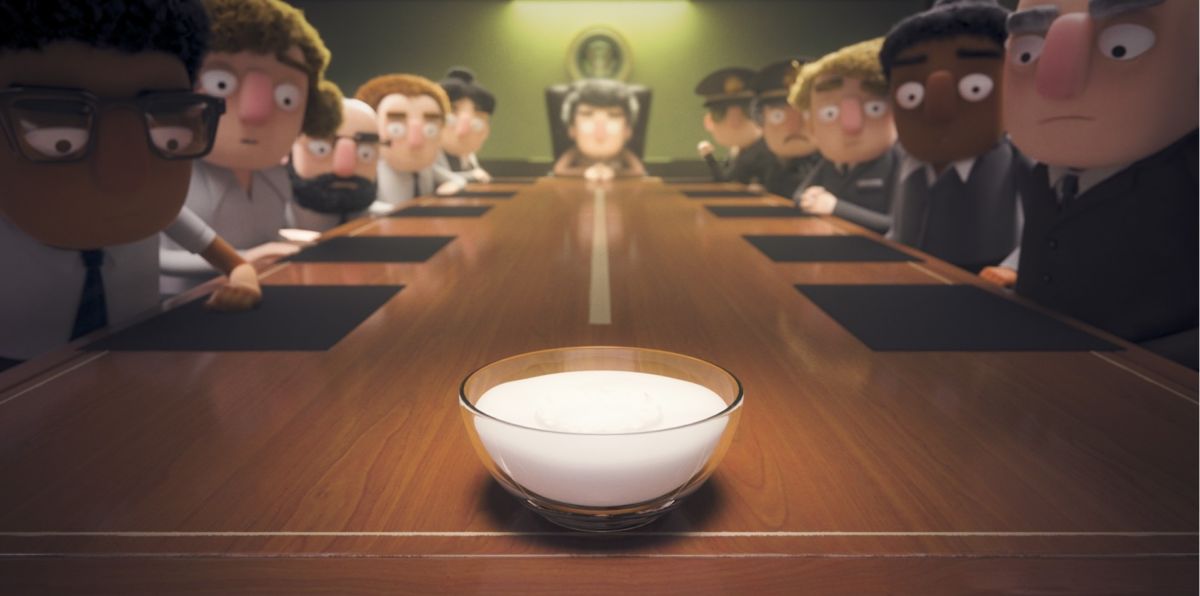
Probably the silliest premise of any episode of Love, Death, & Robots, scientists create a sentient colony of yogurt which is far more intelligent than humanity. It solves all of our problems, before leaving us to our own devices and heading for space.
Love – This is more of an overarching story, and the only relationship explored is the one between humanity and the sentient yogurt. Do humans love the yogurt? No. Does the yogurt love humans? Definitely not.
Death – There are two deaths during the sequence, but they’re only shown in passing. The story is more about the amazing abilities of the yogurt, not necessarily the failures of people in listening to them, so the deaths are not really key to this story.
Robots – Can you count the yogurt as a robot? It sort of has all of the same structure as a powerful AI. Human created, endlessly intelligent, although it ultimately proves to be benevolent, unlike many AI in similar stories. Despite these similarities, I can’t give this one any robot points.
17. The Dump

A city bureaucrat comes to reclaim a dump to build condos. The dump owner and his pet have other plans for the place.
Love – There’s no love here other than that between a man and his dog. Kinda. And while canine-human love can hardly be understated, as anyone who has read Old Yeller can vouch for, we don’t get any development or exploration of the love between the junkyard owner and his dog-like monstrosity.
Death – Two deaths, one in flashback and one in real-time. Do either of them need to happen for the story to track? Not really.
Robots – Decidedly robot-free, and even the more fantastical parts of the episode are not robotic in nature.
16. Fish Night
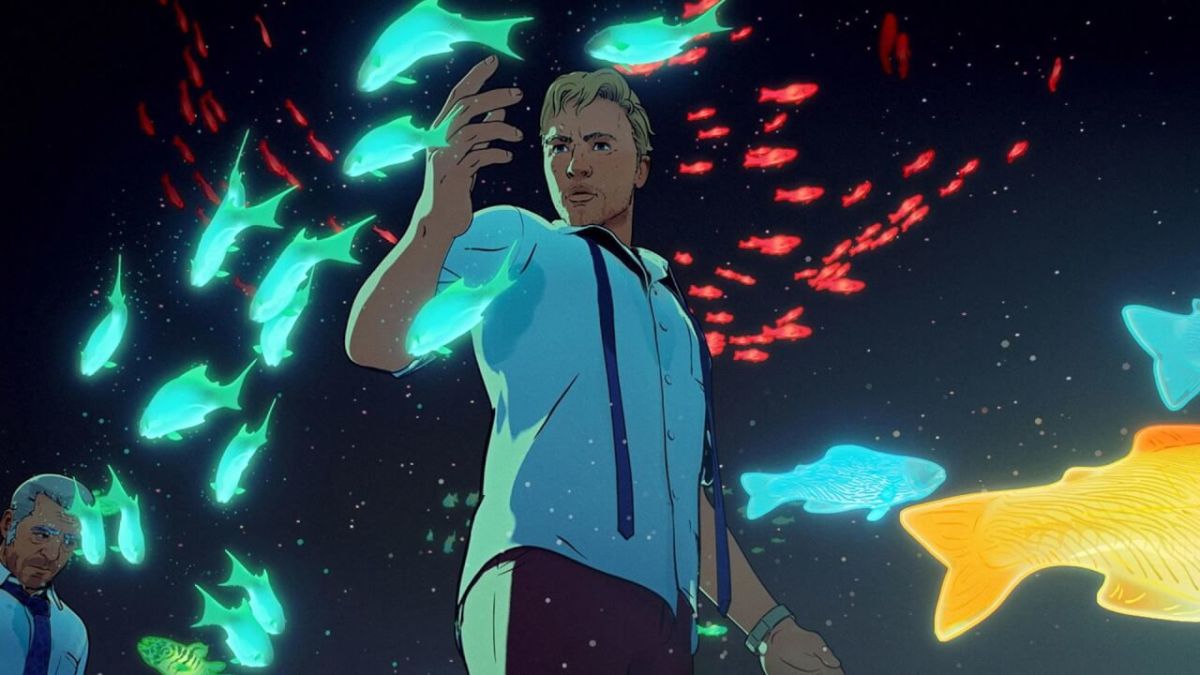
Two traveling salesmen, relics of a bygone era themselves, break down in the desert overnight. There, they witness the ghosts of the fish that used to swim in an ancient ocean.
Love – I try to be lenient in defining love, but there’s pretty much none in this episode. The two salesmen seem to have no relationship other than being colleagues. It’s like they share an office space rather than a car.
Death – One death, which some would surely argue is key to the story. It is the most significant event of the episode but overall it seems to lack impact.
Robots – This episode seems to be set in modern times, if not slightly before, given that neither of the salesmen have cell phones. As such, no robots.
15. The Secret War
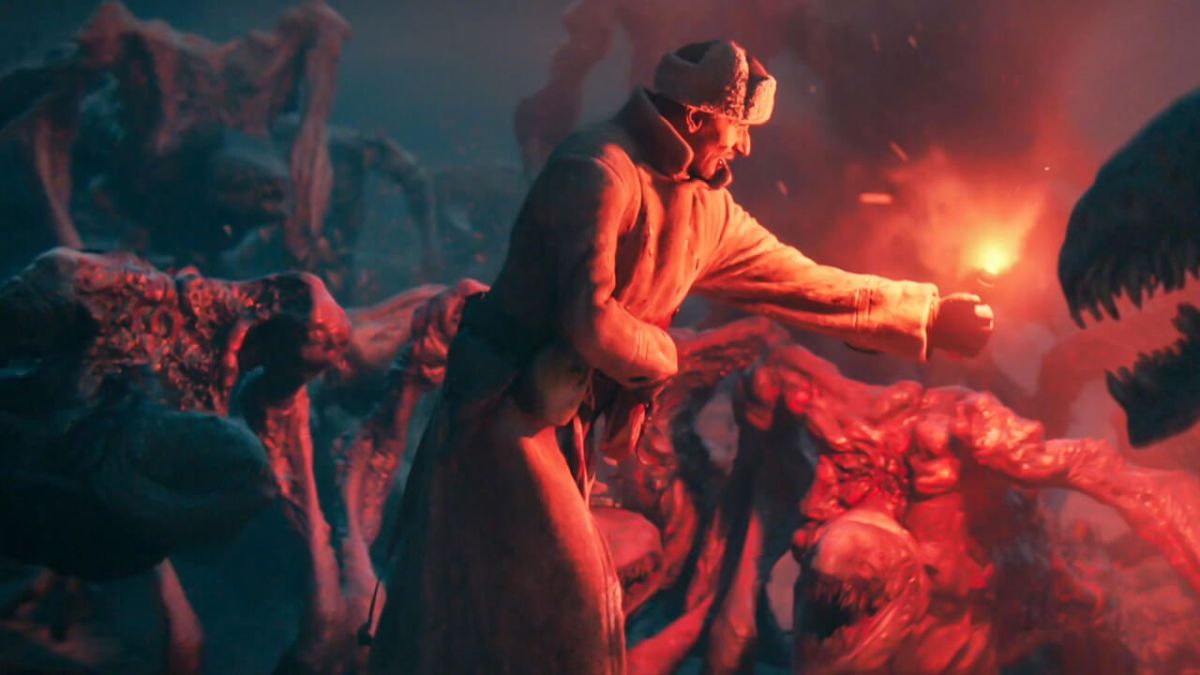
During World War II, a crew of elite Russian soldiers fights off demonic forces released by their own government. It doesn’t go well. Lacking any meaningful instance of love, death, or robots, this is sort of a sad trombone splat to the end of the series.
Love – The closest thing resembling love is that the commander of the squad saves his son’s life before the last stand-type battle. None of the relationships are really explored otherwise.
Death – Oh, yeah. In addition to fighting hordes of crawly demons, nearly every character we see dies during the short. Sadly, this has the emotional impact of the opening cutscene of a video game.
Robots – In an alternate history where the Russians summoned demons to fight their wars, you might hope they also had robots to fight those demons. But alas, no.
14. Helping Hand
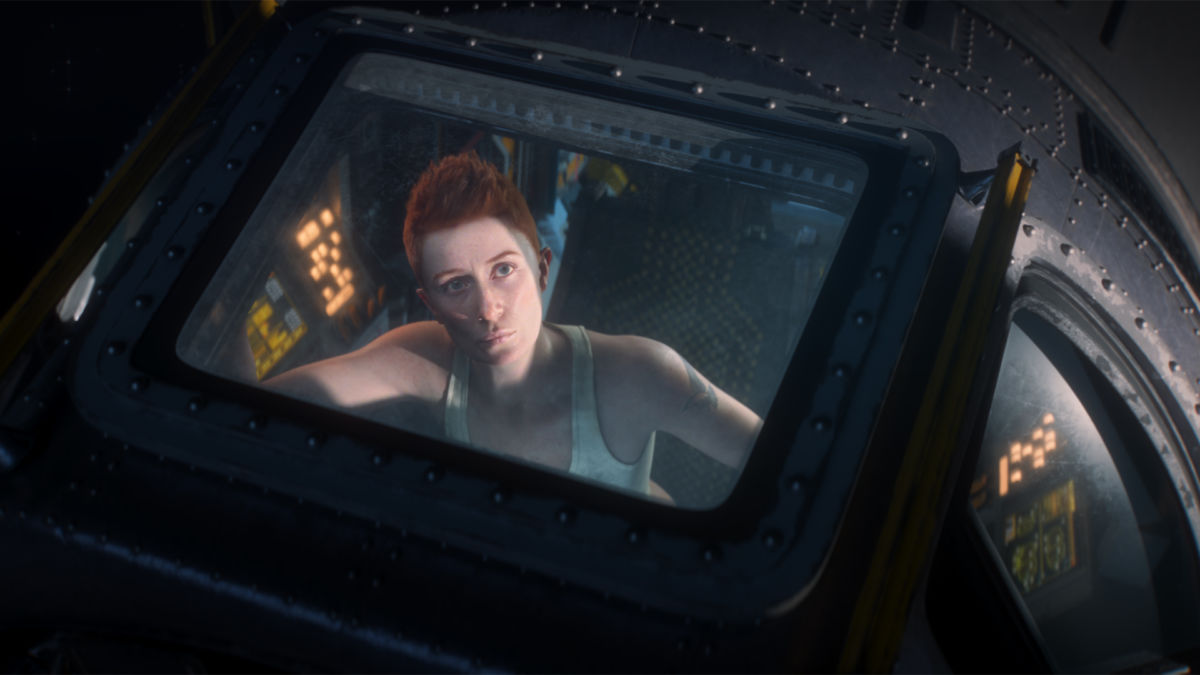
An astronaut on a solo repair mission suffers catastrophic failure out on the satellite and is set adrift in space. Oh, and she’s running out of air. Aren’t astronauts supposed to tie themselves down?
Love – There are only two characters in this episode, and we only ever hear one of them. They’re friends and coworkers, but probably not in love.
Death – This episode is a bit surprising because it has zero death in it, at all. But death is the constant threat, more than there is any actual enemy. In fact, despite the fact that this episode has no Love, Death, or Robots in it, the fact that survival is so important saves it from a spot in last place.
Robots – Even though it’s set in space, there are no robots in this episode.
13. Sucker of Souls

A crew of mercenaries delves into an ancient castle with a pair of researchers. They awaken an evil there that has one weakness: cats.
Love – While the mercenaries in this episode seem to have stronger bonds than the soldiers in The Secret War, for example, they don’t seem to show any sort of love.
Death – Two, almost comically gratuitous, plus the hint of more after the screen cuts to black.
Robots – Again, no robots. If you’re keeping score, that means now a full third of the episodes in this series are lacking the sweet, sweet androids we all came to see. This episode is not as cat-centric as its Netflix description promises, either.
12. The Witness

A woman witnesses her own murder from a window across the street. When she tries to escape her killer, he follows her back to the room where it happens, where she returns the favor. But who is watching from across the street?
Love – The main character in this episode works in a sex club as a dancer, so the midpoint of this one gets fairly steamy. It’s a far cry from any love, though.
Death – Both of the main characters die, with the implication that it repeats forever. You could say it’s pretty important.
Robots – Barring the completely-unfounded possibility that this is happening in some computer simulation, there are no robots to be witnessed in this episode.
11. Alternate Histories

Log in to the Multiversity app, where you can see the historical consequences of alternate histories. In the free demo, you see six scenarios stemming from Hitler’s premature death in 1908.
Love – Apart from one uncomfortably explicit sexual scenario in which Hitler dies during an orgy with space prostitutes, there’s no love to be found in this episode.
Death – Considering the fact that the frame narrative is based entirely around different ways that Hitler could have died, death is central to this episode.
Robots – Unfortunately, no alternate history features any robots. You might count the computerized voice that runs Multiversity as a robot, but she seems like little more than a narrator in a guided experience. The story doesn’t reveal if there’s actually any intelligence behind the app.
10. Shape-Shifters
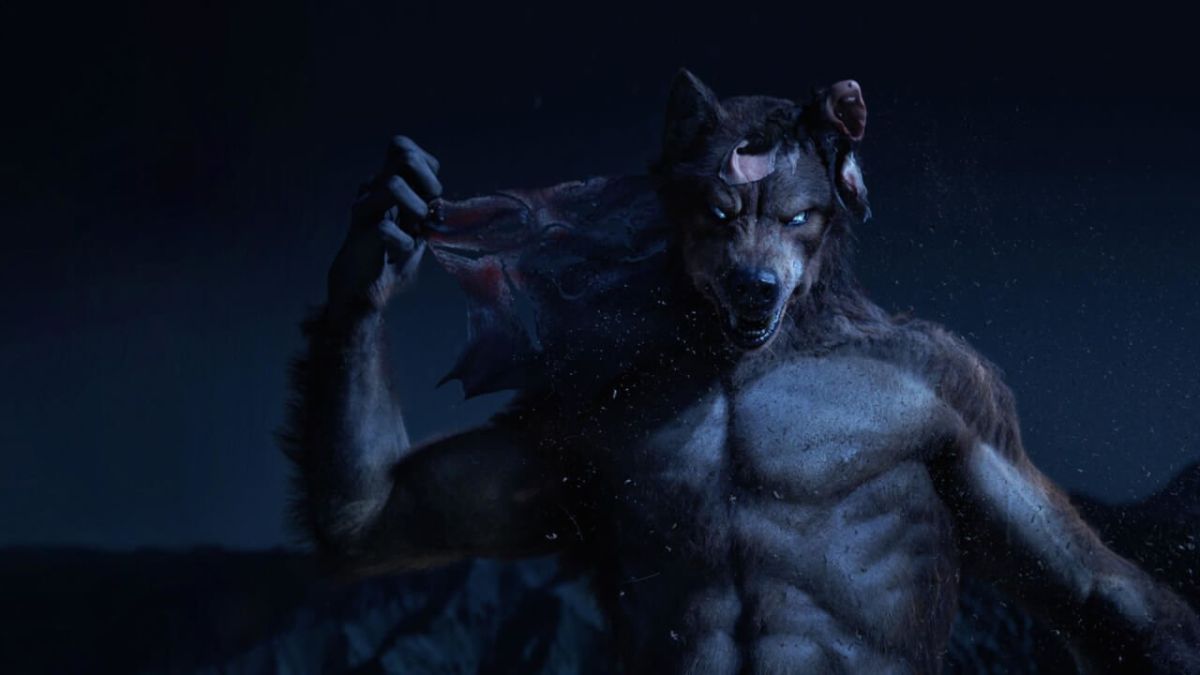
A pair of werewolf soldiers fight off a pair of Afghani werewolves. The scariest part of this short is that a story with American troops in Afghanistan is still relevant in 2019.
Love – There’s a degree of pack love between the two main characters. They treat each other like brothers, more or less. But other than being a vehicle for revenge, this story doesn’t dig into their bond.
Death – Oh boy, is there ever death. While a lot of it is excessive— don’t pick this one if you have a weak stomach— it is relevant to the arc of the story. The slaughter of a division of American troops, and subsequent battle between the American and Afghani werewolves, make it clear that death is the only possible outcome of this scenario.
Robots – You might hope in a modern military setting you’d at least see one of those bomb disposal robots. But there’s not even a drone to be seen in this one.
9. Sonnie’s Edge

Sonnie is the only woman to pilot a beastie, a genetically modified fighting monster that is piloted through a mental link, kind of like an Avatar with teeth. But what really makes her the best fighter is a closely guarded secret.
Love – Sonnie has two friends, Wes and Ivrina. They’re a pair of rough-and-tumble types who saved Sonnie’s life, and now help take care of her and her beastie. It’s clear they would do anything for her, even at risk to themselves.
Death – There are two very definite, gratuitous deaths in this one, as well as some serious mutilation and the heavy implication that one more character will die. These deaths are a little excessive but they do contribute to the narrative. They help hammer home that these characters live under life-or-death stakes even when they’re not in the ring.
Robots – This is the closest any of our episodes have come to a robot yet. Sonnie actually lives inside her beastie, since her human body was ruined. But she still controls her human form, which is revealed to be run by computers in a sort of cyborg scenario.
8. Beyond the Aquila Rift

A ship makes a faulty jump to hyperspace, landing its crew in an unknown area. Surprisingly, a figure from the captain’s past is at the station they find. But there’s something lurking underneath the surface. The whole thing is a simulation meant to keep the captain, Thom, from knowing the horror of his situation.
Love – Thom, the captain, is in some form of love with the woman he meets on the station. And a misguided affection, if not love, drives the alien that keeps Thom in his simulation. Although, it does prove that protecting him from the truth is much kinder than letting him know what has happened to his crew.
Death – No deaths actually happen on screen during this episode, but Thom’s crew dies offscreen after the failed jump. This reveal is essential to the climax of the story, because it means he’s far from where he’s supposed to be.
Robots – Despite this being a far future story with hyperspace jumps and reality-bending aliens, there are no robots here. Even an alien that can manufacture fantasies in Thom’s mind doesn’t dream up any robots for him.
7. Blindspot

A squad of heist-pulling robots goes in on a big score. But the rookie might be in over his head when things start going wrong.
Love – You’d be hard-pressed to find love among this band of criminals. They look out for each other, sure, but it seems like it’s mostly in service of the job rather than because they actually care about each other.
Death – Yes and no. Every single robot dies except for Rookie, which at the time makes him think the death toll was much too high. But of course, all of them have backups stored at their base — they’re not dead for long.
Robots – This is one of the only all-robot episodes, and in fact is the only one that doesn’t feature any humans, living or dead. It comes along pretty late in the series order. Given the relative lack of robots in this series overall, it makes sense that Netflix would spread out the episodes that actually do have them.
6. Ice Age

A young couple moves into their new apartment. In their freezer, they find a tiny civilization rapidly advancing through stages of development.
Love – There’s definitely some love in this episode. Not only do the young couple share some sweet moments, it’s also clear that they fall in love with the tiny civilization in their fridge.
Death – Death in this one is simultaneously on a much larger and smaller scale than any other episode. Thousands of years play out in hours within the fridge, including a nuclear war. While the two main characters are safe in their apartment, millions of tiny people are living and dying in a square foot or so of space.
Robots – This may be the only episode where the answer to this question is, “Maybe?” At the close of the fridge civilization, they form into a singularity and transcend into energy beings. Are they robots at any point of this transformation? It’s a little unclear, but the general idea of a singularity makes me want to give it to them. Plus, there’s a cameo from John DiMaggio, voice of Bender from Futurama. That has to count for something.
5. Three Robots

Fittingly, Three Robots marks the top five episodes of Love, Death & Robots which feature all three. In this section, three robots of very different designs take a sightseeing tour of a post-apocalyptic human city, long after we’ve gone extinct.
Love – The robots in this episode are clearly friends. But they don’t really exhibit love. This feels more like a weekend out of town with some pals than a family vacation.
Death – Death is essential to this story’s setup. The scene opens with human skeletons in rusted-out cars, telling us immediately when this takes place. The fact that humans have long-since gone extinct is a core part of what makes this short work. But it is one of the few episodes where no one dies during the episode.
Robots – The title of the short is “Three Robots” – it’s safe to say that it features robots in a central role. Since this episode is the second in the series, it sets up a sort of bait and switch: a lot of the robot-heavy episodes are front-loaded in this series, with robot-free episodes filling much of the middle.
4. Suits

Unlike the television show of the same name, you won’t be seeing any jackets or ties in this episode. The suits in question refer to the giant mechs that farmers use to fight off hordes of aliens. Picture Pacific Rim meets the end of A Quiet Place.
Love – There’s definitely love among these farmers. They are fighting off aliens to defend their homes, families, and communities. Most of the farmers in their mech suits have a direct line to a loved one back at home.
Death – Since the farmers are fighting off aliens by the hundreds, there’s plenty of death in this episode. There is only one, however, that really has an emotional impact on the story, and it’s not an alien.
Robots – Are mech suits really robots? They don’t have AI or any self-control. They’re basically just tanks with legs instead of treads. But since robots are surprisingly few and far between in this anthology, we take what we can get.
3. Good Hunting

In a steampunk Hong Kong, a young inventor helps his fox spirit friend get revenge on the men who wronged her.
Love – Definitely. Liang the inventor and Yan the huli jing certainly have something, even if it’s not necessarily romantic. He spares her life from his spirit-hunting father, and later takes care of her when she needs help the most.
Death – Death is important but secondary. Yan’s mother dies early on at the hands of Liang’s father, but it’s never expanded upon. The most significant deaths are the ones Yan brings to the abusive English occupiers of Hong Kong.
Robots – Perhaps surprisingly, this episode does have robots in the form of the old steampunk standby, automata— a sort of steam-powered replacement for the electronic robots we’re used to. These clockwork lifeforms are central to the conclusion of the story despite the episode’s pastoral beginnings. And it would be hard to argue that they’re not robots just because they work a little differently.
2. Lucky 13
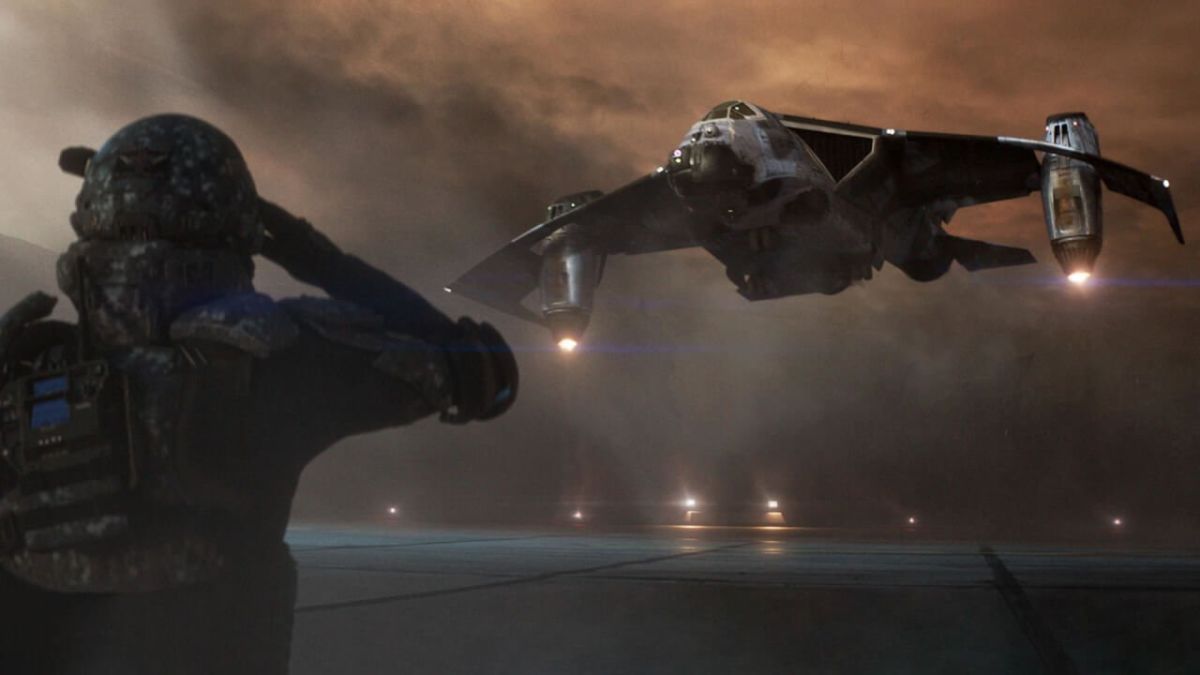
A pilot takes a chance on an unlucky AI-controlled dropship in a futuristic war. The ship returns the favor by making sure she gets back safely, no matter what.
Love – Colby, the pilot, falls in love with the ship as it proves its trustworthiness. At the same time, 13 takes care of Colby as she proves that she doesn’t care about the ship’s reputation. It saves her life, in the end.
Death – Set in a space war, death is always present. In fact, Lucky 13 is at first known for having lost two entire crews but remaining intact. After Colby joins, this changes. The important thing about 13, and what makes the story work, is that Colby and her crew survive, time after time.
Robots – Lucky 13 isn’t a humanoid robot, and she doesn’t even have a unique voice. But she’s an AI with a personality and her own set of drives. She takes care of her crew, and she’s as good as any robot in this series. In fact, given the depth of feeling this flying death machine displays in such a short time, 13 and her pilot have one of the strongest and best-developed relationships in this whole series.
1. Zima Blue
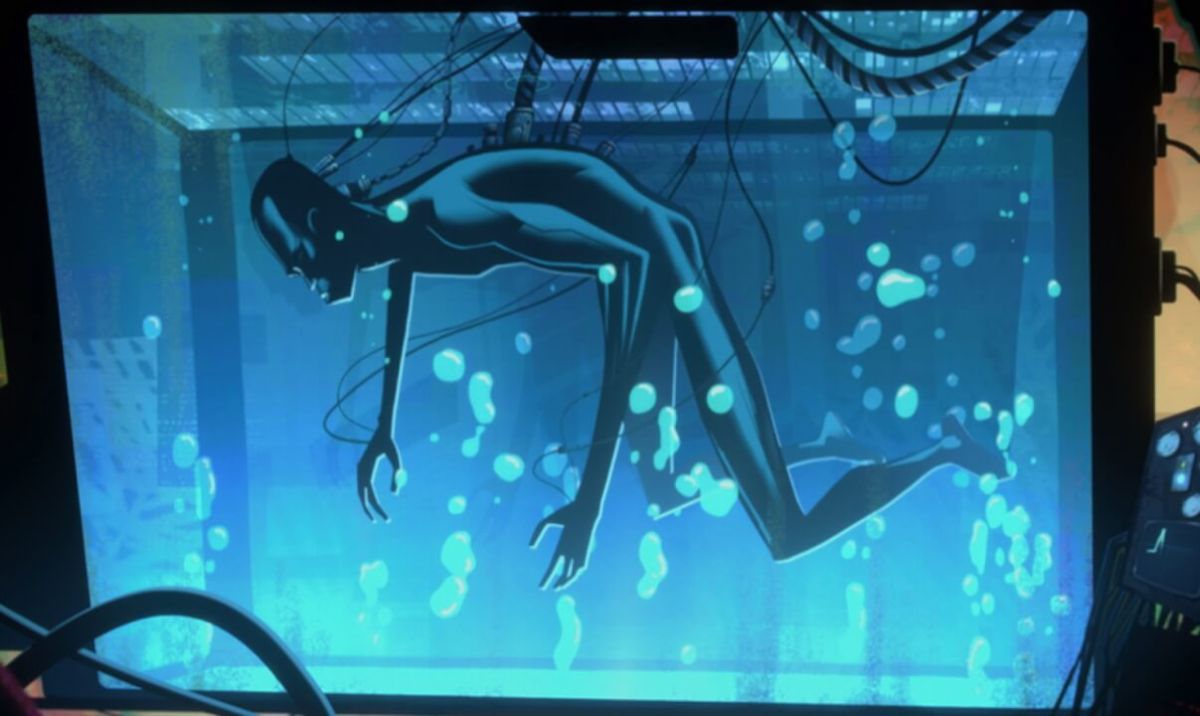
A journalist meets with famous artist Zima Blue for the first time in his centuries-long career. Zima, a robot, is preparing for his final exhibit, and he plans to tell his whole story.
Love – Zima’s final exhibit is based on love. Specifically, it’s the love that brought him into being in the first place. He started life as a pool-cleaning robot, and was given sentience by his creator.
Death – For a first-place position, it may seem strange that Zima Blue doesn’t have any true death, or threat of death in it. At the end of the episode, Zima Blue still exists, just in his most basic form. The artist Zima Blue is gone, but he still exists as the pool cleaning robot.
Robots – There are a lot of robots in Zima Blue. Most of the ones we see are industrial, but Zima Blue is the only one that can think, feel, and create. His origins as a cleaning robot are essential to the conclusion of the story.
Love, Death & Robots shines brightest when all three of its title aspects feature prominently. Since death is the most common shared aspect among all these episodes, those stories that have mostly death and little else don’t tend to tell compelling stories. However, when love and death come together with robots, at least in this series, they manage to tell some very human stories. One outlier here is Helping Hand, which features none of the three but still keeps your attention.
Other outliers include Blindspot, which ranks highly here but isn’t the deepest story, and The Witness, which is very low in both the Love and Robots categories, but is still high on my personal favorites. Admittedly, this list would look very different if I was ranking them by preference, but most of the top five would stay the same. At its best, Love, Death & Robots forces us to look inward and think about what really makes us tick. Stories like Zima Blue ask us to think about where we come from and who we are at our core. But that’s another article. I’m just here to tell you where the robots are.
Check out our article on the short stories that inspired Love, Death & Robots here.
Some of the coverage you find on Cultured Vultures contains affiliate links, which provide us with small commissions based on purchases made from visiting our site.

